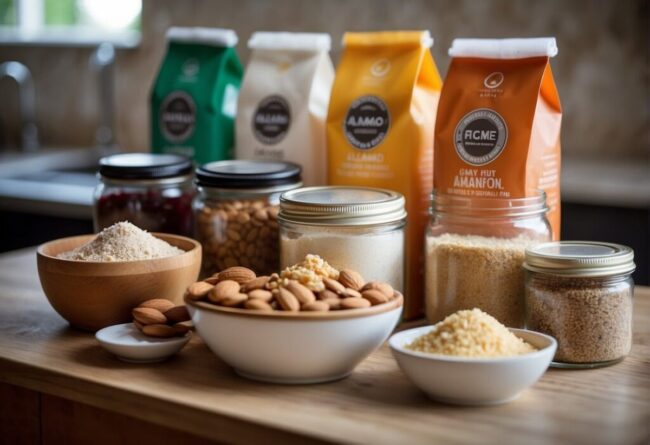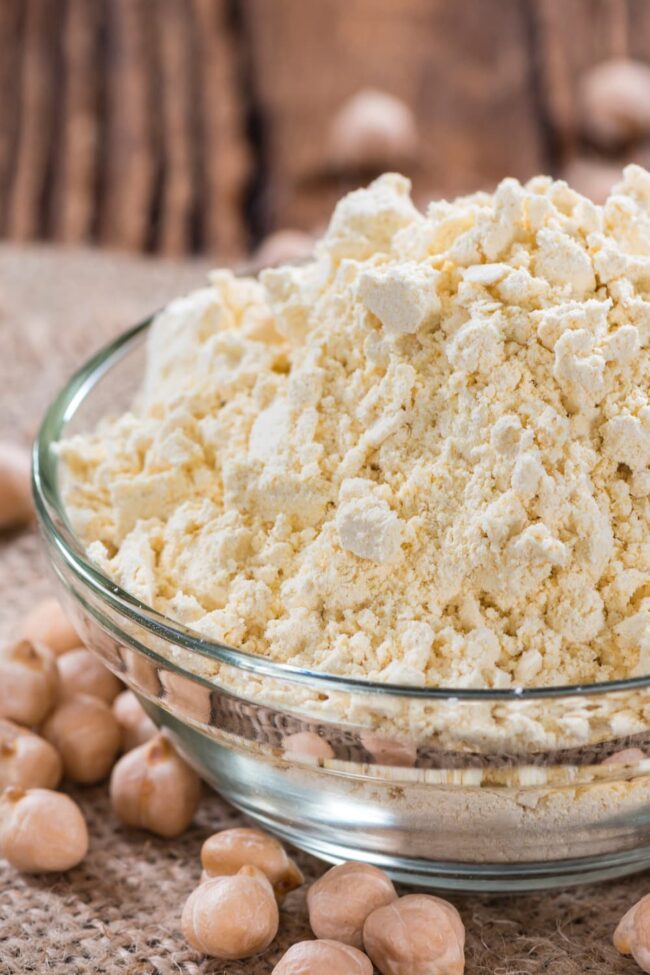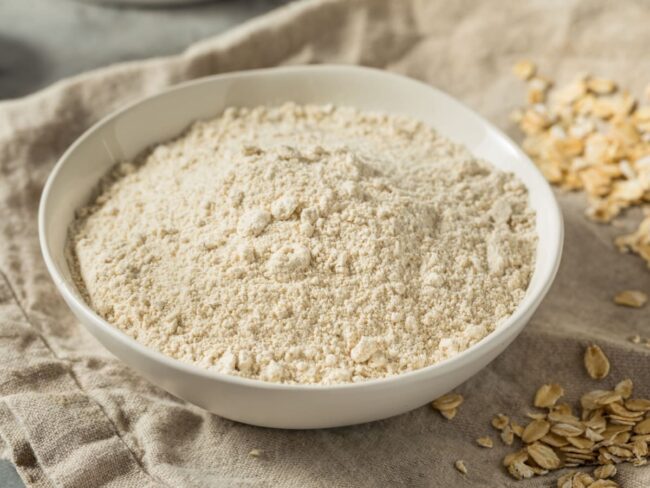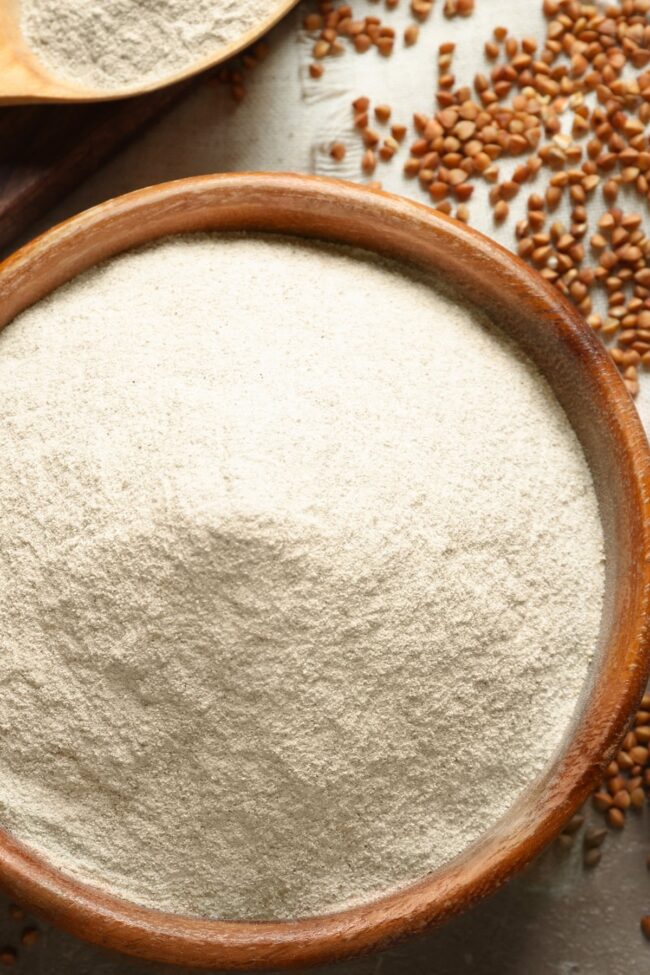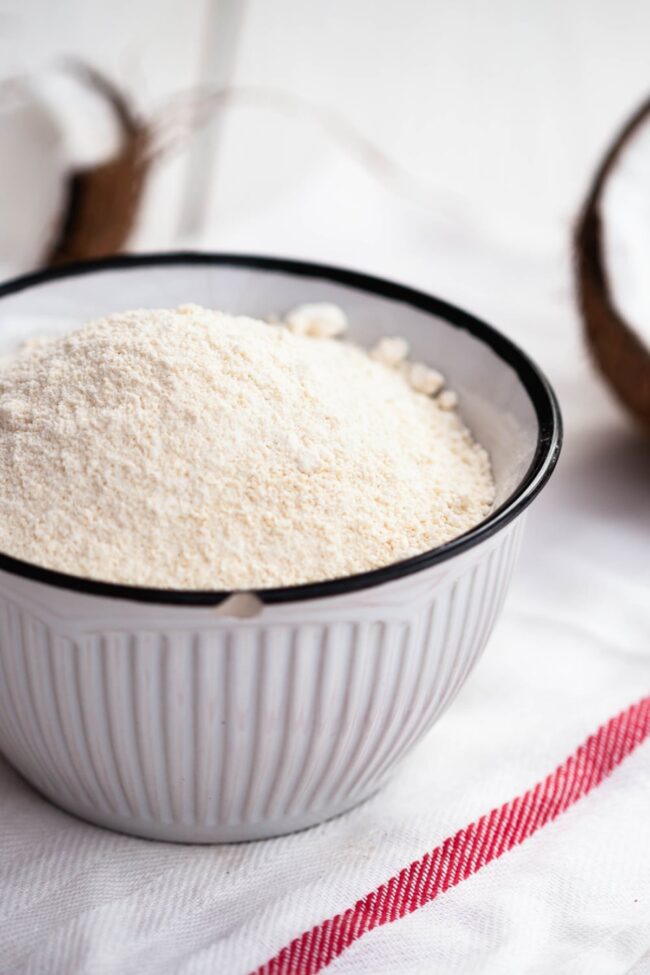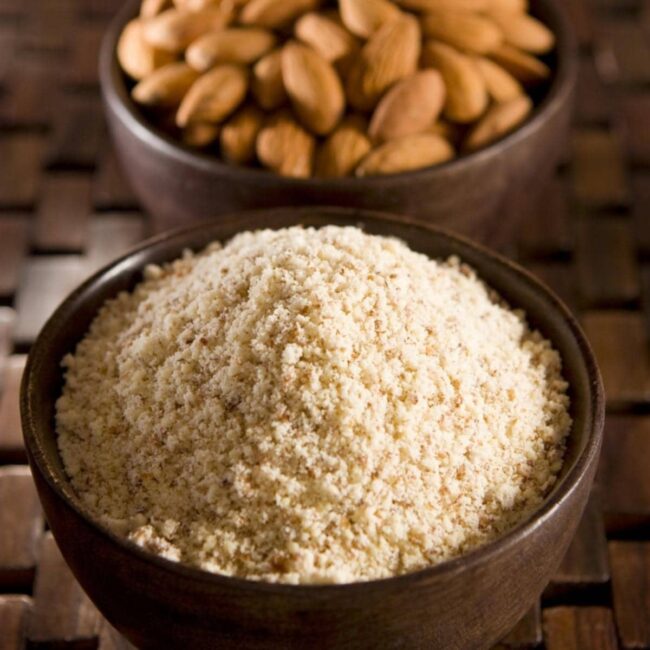10 Versatile Rice Flour Substitutes for Every Recipe
Rice flour substitutes allow you to recreate the airy feel of gluten‐free baking with ease.
A range of alternative grains replicates its gentle texture and subtle taste.
Your recipes keep their light consistency without compromising on structure.
Every baked treat retains a delicate character that feels both authentic and inviting.
A thoughtful swap preserves the harmony between flavor and form.
Popular Rice Flour Alternatives
There are many popular alternatives to rice flour that work well in your favorite recipes. Each one adds its own little twist, making both classic and new dishes even tastier.
Wheat Powder
Wheat flour, especially all-purpose flour, serves as a flexible alternative to rice flour in various baking endeavors.
Expect a chewier and more elastic texture that enhances the overall mouthfeel of your treats.
The neutral flavor complements both sweet and savory dishes seamlessly.
Bakers appreciate its ability to develop gluten, offering structure where needed for cakes and pastries.
If you're considering dietary restrictions, keep in mind that this option isn’t suitable for those avoiding gluten.
Corn Powder
Cornstarch serves as a versatile thickener, enhancing the texture of sauces and soups while ensuring a gluten-free option.
When mixed correctly, it transforms dishes with its smooth consistency and glossy appearance.
Using cornstarch for coating brings an appealing crunch to fried foods, elevating your culinary creations.
Attention to mixing is crucial; clumping can occur if not handled properly.
This ingredient proves essential in both home kitchens and professional settings alike for achieving that perfect finish in various recipes.
Tapioca Powder
Tapioca starch stands out as a versatile ingredient in the kitchen.
Its ability to create a chewy texture enhances various recipes, providing an enjoyable experience with every bite.
The glossy finish it adds can elevate the visual appeal of dishes, making them look even more appetizing.
With its neutral flavor, this starch seamlessly blends into both sweet and savory creations without overwhelming other ingredients.
Whether you're baking gluten-free bread or thickening sauces, tapioca starch proves to be an indispensable ally in culinary adventures.
Potato Flour
Potato starch adds a delightful fluffiness to baked items, enhancing their overall texture without the presence of gluten.
This ingredient shines in soups and gravies, providing just the right amount of thickness at the end of cooking.
When frying foods, it creates a wonderfully crispy exterior that elevates any dish.
Its neutral flavor ensures that other ingredients can shine through without interference.
Whether you’re thickening sauces or perfecting your fried favorites, potato starch is an excellent choice for achieving satisfying results.
Gluten-Free Rice Flour Alternatives
Gluten-free alternatives give you a simple way to enjoy your favorite dishes without gluten. They bring a little extra flavor and texture, making your meals both fun and tasty.
Chickpea Powder
Chickpea flour, or garbanzo bean flour, adds a rich and nutty taste to your meals.
With its impressive protein levels, it serves as a fantastic alternative for those seeking nutritious options.
This versatile ingredient shines in various cooking techniques such as frying and thickening sauces.
Baking with chickpea flour opens doors to unique savory creations that can surprise your palate.
High fiber content also contributes to digestive health, making this ingredient not just tasty but beneficial too.
Sorghum Grain Powder
Sorghum flour offers a rich nutritional profile, packed with fiber and essential minerals.
Its mild flavor allows it to blend seamlessly into various recipes without overpowering other ingredients.
This grain's fine texture makes it an excellent choice for pancakes, muffins, and bread that require a light crumb.
Using sorghum flour can enhance the overall nutritional value of your baked creations while keeping them gluten-free.
Exploring different combinations with other flours can lead to delightful discoveries in your kitchen adventures.
Oats Ground to Flour
Oat flour opens the door to a range of delicious baked goods.
Ground from whole oats, it carries a naturally sweet taste that enhances recipes in unique ways.
This flour shines when used in quick breads, providing a delightful texture without the need for gluten.
For those with gluten sensitivities, certified gluten-free oats ensure safety and enjoyment.
Baking with oat flour invites creativity into your kitchen while catering to dietary needs effortlessly.
Buckwheat Grain Powder
Buckwheat flour offers a wonderful alternative for anyone avoiding gluten.
This versatile ingredient shines in pancakes and noodles, adding a unique taste that elevates everyday meals.
Rich in nutrients, it provides an excellent source of protein and fiber, which can support overall health.
The earthy flavor pairs beautifully with sweet or savory ingredients, enhancing your culinary creations effortlessly.
Discovering new recipes with buckwheat flour opens up exciting avenues for delicious dining experiences that you won’t want to miss!
Coconut Meal
Coconut flour stands out as a versatile ingredient in many kitchens.
Its unique texture lends itself well to various baking projects, from cakes to cookies.
Low in carbohydrates and high in fiber, this flour caters to those seeking healthier alternatives without sacrificing taste.
The subtle sweetness adds an interesting dimension that enhances both savory and sweet dishes.
Using coconut flour not only supports dietary goals but also invites creativity into your cooking adventures.
Almond Meal
Almond flour shines with its delightful nutty taste and impressive nutritional benefits.
This ingredient works wonders in gluten-free baking, enhancing the texture of treats like cakes and cookies.
A slight adjustment in recipes often helps achieve that perfect consistency since almond flour lacks gluten's natural binding properties.
It pairs beautifully with various flavors, adding depth to both sweet and savory dishes.
Incorporating this unique flour into your cooking can elevate everyday meals into something extraordinary.
Tips for Cooking and Baking
Tips for cooking and baking with substitutes include adjusting measurements and moisture levels. Testing small batches helps ensure the best results.
Making Soups and Sauces Thicker
Cornstarch serves as a dependable alternative to rice flour for thickening soups and sauces.
It offers a smooth texture that enhances the overall consistency of your dishes.
A simple approach involves dissolving cornstarch in equal amounts to replace rice flour, ensuring uniformity in thickness.
Potato starch can also be utilized, known for its quick thickening properties that can save time during cooking.
Mixing one tablespoon of potato starch with two tablespoons of water creates an effective slurry, suitable for thickening about one cup of liquid seamlessly.
Frying and Coating Foods
Potato starch acts as a secret weapon in the kitchen, especially for frying.
It lends a feather-light crunch that enhances any fried dish.
Using it in equal parts with rice flour elevates textures, particularly in tempura recipes where crispness is key.
Cornstarch offers another fantastic alternative for those seeking gluten-free options while maintaining that satisfying crunch.
These ingredients not only improve the final result but also open up exciting avenues for creating delicious meals at home.
Making Cakes and Bread
Gluten-free baking presents a world of exciting alternatives.
Almond flour introduces a delightful nutty essence, enhancing both flavor and moisture in cakes.
Bread recipes thrive on combinations of various gluten-free flours, often leading to better texture and rise.
A careful eye on the dough’s consistency is crucial; adjustments in liquid might be necessary for achieving the desired outcome.
Corn flour shines as an excellent option for cakes, lending a silky smoothness while keeping flavors intact.

